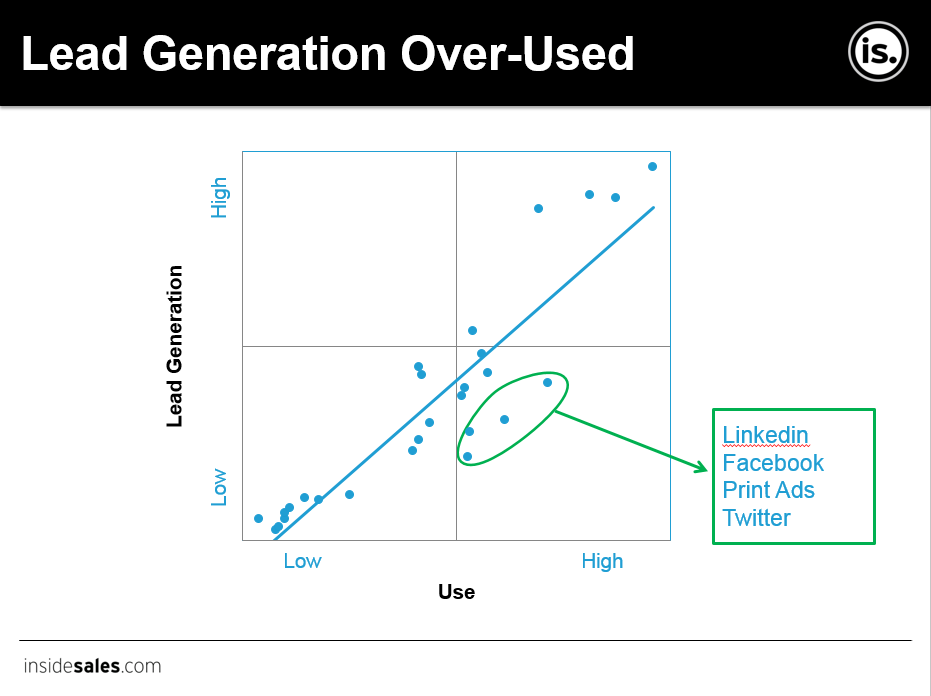What is Short Selling How It Works and Why Use It
Post on: 16 Март, 2015 No Comment

Short selling (or selling short) is a technique used by people who try to profit from the falling price of a stock. Short selling is a very risky technique as it involves precise timing and goes contrary to the overall direction of the market. Since the stock market has historically tended to rise in value over time, short selling requires precise market timing, which is a very difficult feat.
Heres how short selling works. Assume you want to sell short 100 shares of a company because you believe sales are slowing and its earnings will drop. Your broker will borrow the shares from someone who owns them with the promise that you will return them later. You immediately sell the borrowed shares at the current market price. When the price of the shares drops (you hope), you cover your short position by buying back the shares, and your broker returns them to the lender. Your profit is the difference between the price at which you sold the stock and your cost to buy it back, minus commissions and expenses for borrowing the stock. But if youre wrong, and the price of the shares increase, your potential losses are unlimited. The companys shares may go up and up, but at some point you have to replace the 100 shares you sold. In that case, your losses can mount without limit until you cover your short position.
Here are a few reasons why short selling might make sense:

- Some investors are better at identifying overpriced, bad companies than underpriced, good companies. Brokers and analysts focus on what to buy, not what to sell, so the good news is more widely known than the bad news. When an analyst issues a sell recommendation on a stock, they find it much harder to get information from the companys investor relations department , and the analysts firm would never get an opportunity to raise capital or float a bond for the company, so they focus more on good news than bad. If you discover bad news, it might not yet be totally factored in to the current price of the stock.
- Many institutions just wont do short selling, leaving unexploited short selling opportunities from which you can benefit.
- A portfolio which includes both long and short positions in stocks which tend to move together will generally have lower volatility than one which has only long positions. But short selling is not as easy and profitable as it may sound; there are a lot of caveats: As we mentioned, theres unlimited downside potential (i.e. if the stock price keeps rising, you keep losing). Most short sellers set a limit to how much theyre willing to lose, but then they become vulnerable to a short squeeze, in which long investors buy shares as the stock rises and demand delivery . As short sellers buy to cover their losses, the price continues to rise, triggering more short sellers to cover their losses, etc. This is a risk especially for small, illiquid companies. The danger is that even if the stock is overpriced, it may become even more overpriced, and you will have to buy it at some point to cover your position . When you sell short, youre not just betting on what the stock is worth, youre betting on what the market will be willing to pay for the stock in the future.
- Youre fighting the trend of the market, which is, in the long run, up. When you buy a stock that youre confident is greatly undervalued, you should feel content to wait as long as it takes for the dividends to start rolling in (provided you have a sufficiently long investment horizon). When youre on the short side, however, you will eventually need to buy the shares back, at whatever the market price happens to be; and while you wait and wait for the speculative bubble to burst, the rest of the market will probably continue on its upward trajectory. SEC rules allow investors to sell short only on an uptick or a zero-plus tick. In other words, you cannot sell a stock short if it is already going down. This rule is in effect to prevent traders known as pool operators from driving down a stock price through heavy short selling, then buying the shares for a large profit.
- Money from a short sale isnt available to the seller, but is escrowed as collateral for the owner of the borrowed shares. You arent earning interest on the money (although big institutions sometimes do, in the form of rebates).
- You have to pay any dividends that are earned (since in effect you have a negative number of shares). You pay the (usually higher) short term capital gains tax on your profits, regardless of how long you held the short position.
- Another company could acquire the company youre shorting , possibly at a significant premium, which would drive up the share price.
Sometimes shares arent available to short. While we dont recommend short selling for the above reasons, you may decide to include it in your overall strategy. If you do, consider mitigating the risk by setting strict quitting prices (say a 20% loss per investment). If it reaches that limit, resist the temptation to hang on, thinking its even more overpriced now. Successful short selling is all about timing, which makes it more like technical analysis than fundamental analysis.














